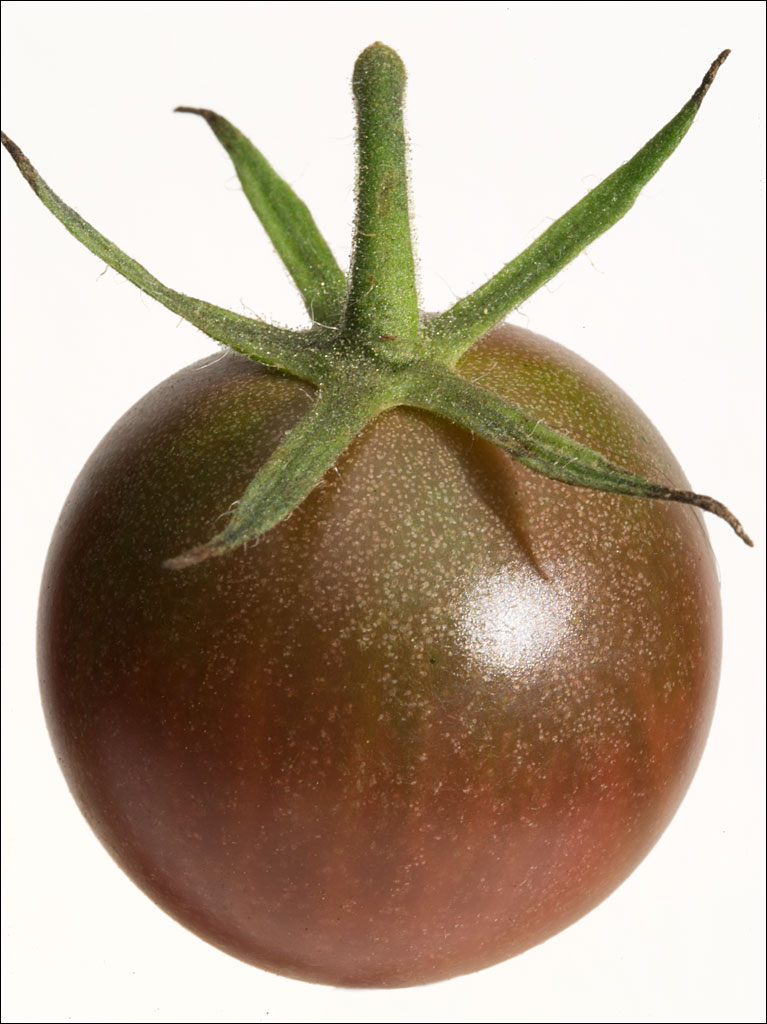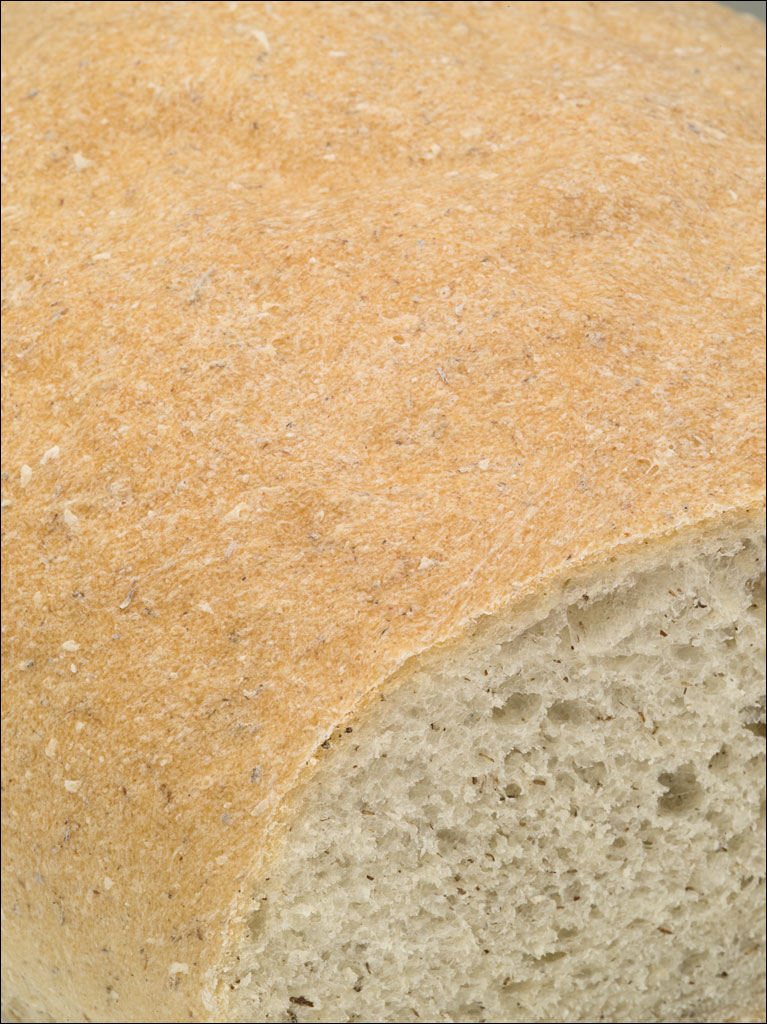 Naomi loves baking bread. This bread uses okara and seeds from our goldenrod plants—we also use goldenrod to make tea. The recipe is simple. Continue reading
Naomi loves baking bread. This bread uses okara and seeds from our goldenrod plants—we also use goldenrod to make tea. The recipe is simple. Continue reading
Tag Archives: Kitchen Garden
Organic Apples
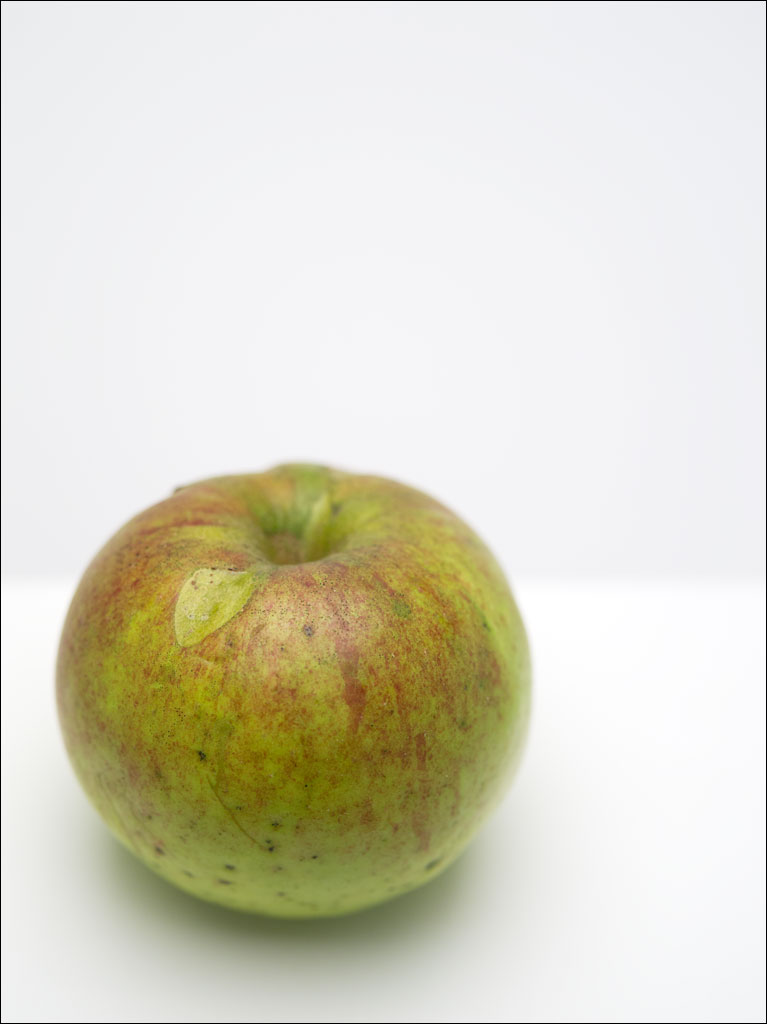 Growing apples organically do not result in the prettiest fruit. Certainly you can lose apples to pests and disease. But it is possible. This apple is from a tree we named Midori, the Japanese word for green. We are uncertain of the variety as we did not plant it. The flesh is soft, a pale green, and slightly sweet. There are many unidentified apple trees throughout Maine. Some bear some fine apples, other do not. But these lost varieties can be more resistant to pests and disease. Click on the image for a larger view.
Growing apples organically do not result in the prettiest fruit. Certainly you can lose apples to pests and disease. But it is possible. This apple is from a tree we named Midori, the Japanese word for green. We are uncertain of the variety as we did not plant it. The flesh is soft, a pale green, and slightly sweet. There are many unidentified apple trees throughout Maine. Some bear some fine apples, other do not. But these lost varieties can be more resistant to pests and disease. Click on the image for a larger view.
Purple Russian—Tomatoes
 After our blizzard on November 2nd this year, my mind is on our (short) summer. We love heirloom tomatoes. The Purple Russian is one of our favorite—a juicy and flavorful fruit. Not a large tomato, about 2″ or 5cm in length, but very productive. Click on the image for a larger view.
After our blizzard on November 2nd this year, my mind is on our (short) summer. We love heirloom tomatoes. The Purple Russian is one of our favorite—a juicy and flavorful fruit. Not a large tomato, about 2″ or 5cm in length, but very productive. Click on the image for a larger view.
Duchess of Oldenburg—Apples of Maine
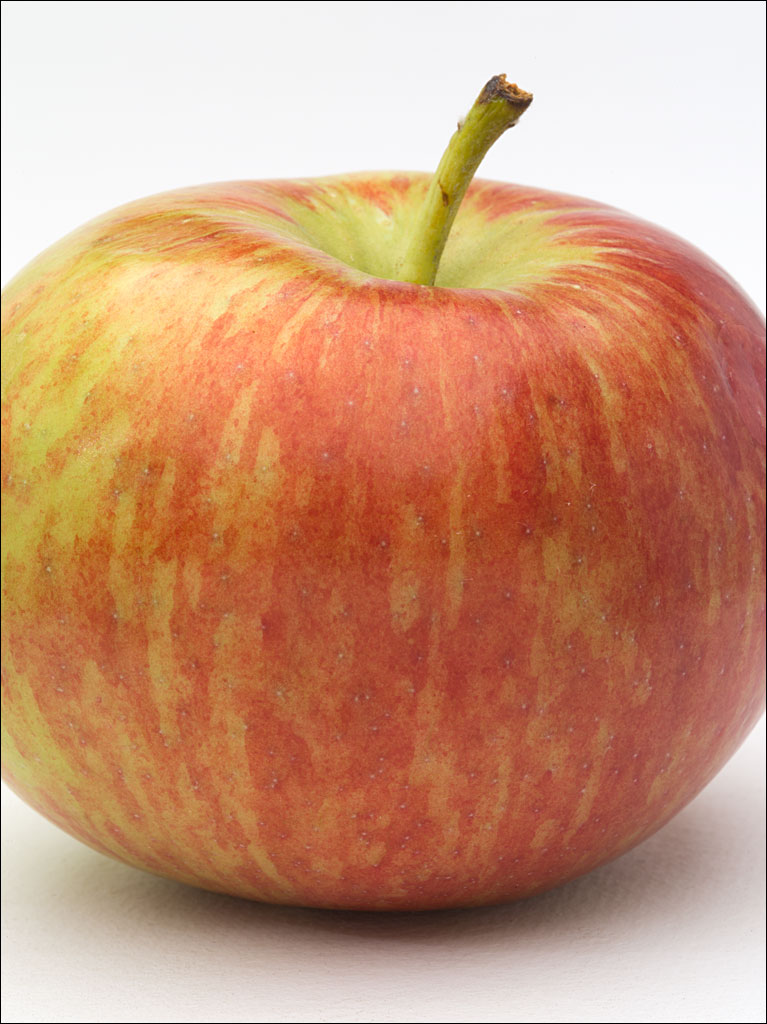 Duchess of Oldenburg is an old variety originating in 18th-century Russia. It is one of the earliest apples of the season, bearing in mid-August. Most people prefer this as a cooking apple for pies or sauces as it is quite tart—it reminds me of a sour grape. Duchess does not store well. Click on the image for a larger view.
Duchess of Oldenburg is an old variety originating in 18th-century Russia. It is one of the earliest apples of the season, bearing in mid-August. Most people prefer this as a cooking apple for pies or sauces as it is quite tart—it reminds me of a sour grape. Duchess does not store well. Click on the image for a larger view.
Ginger Gold—Apples of Maine
 Ginger Gold is a modern variety grown commercially from the 1980s. Clyde Harvey discovered this apple in 1969 when his Virginian orchard was washed out by Hurricane Camille. It is believed to be a mix of Golden Delicious, Newtown Pipin, and an unknown variety. The apple is named after his wife.
Ginger Gold is a modern variety grown commercially from the 1980s. Clyde Harvey discovered this apple in 1969 when his Virginian orchard was washed out by Hurricane Camille. It is believed to be a mix of Golden Delicious, Newtown Pipin, and an unknown variety. The apple is named after his wife.
Ginger Gold is an early apple that begins to bear in August. The pale green skin is smooth and waxy, and develops a slight red blush when it ripens. The flesh is sweet and rich with a slight hint of lemon. Click on the image for a larger view.
St. Lawrence—Apples of Maine
 The St. Lawrence is an old summer variety thought to have originated in northern New England or Canada. Its appearance is quite striking with dark-red stripes over light green. The white flesh is crisp and light. Very much like a Granny Smith, it is tart with a lemon undertone. The St. Lawrence is a great desert apple, but not a great cooking apple. Like many early apples, this fruit does not store well. Click on the image for a larger view.
The St. Lawrence is an old summer variety thought to have originated in northern New England or Canada. Its appearance is quite striking with dark-red stripes over light green. The white flesh is crisp and light. Very much like a Granny Smith, it is tart with a lemon undertone. The St. Lawrence is a great desert apple, but not a great cooking apple. Like many early apples, this fruit does not store well. Click on the image for a larger view.
Yellow Brandywine—Tomatoes
 This is a big fruit, but not quite as large as its red cousin, the brandwine. The tomato is not juicy, but has a soft flesh that melts in your mouth like firm tofu, only sweeter. A thick slice on handmade bread and covered with freshly ground black pepper makes an excellent sandwich. Click on the image for a larger view.
This is a big fruit, but not quite as large as its red cousin, the brandwine. The tomato is not juicy, but has a soft flesh that melts in your mouth like firm tofu, only sweeter. A thick slice on handmade bread and covered with freshly ground black pepper makes an excellent sandwich. Click on the image for a larger view.
Sweet Crab—Apples of Maine
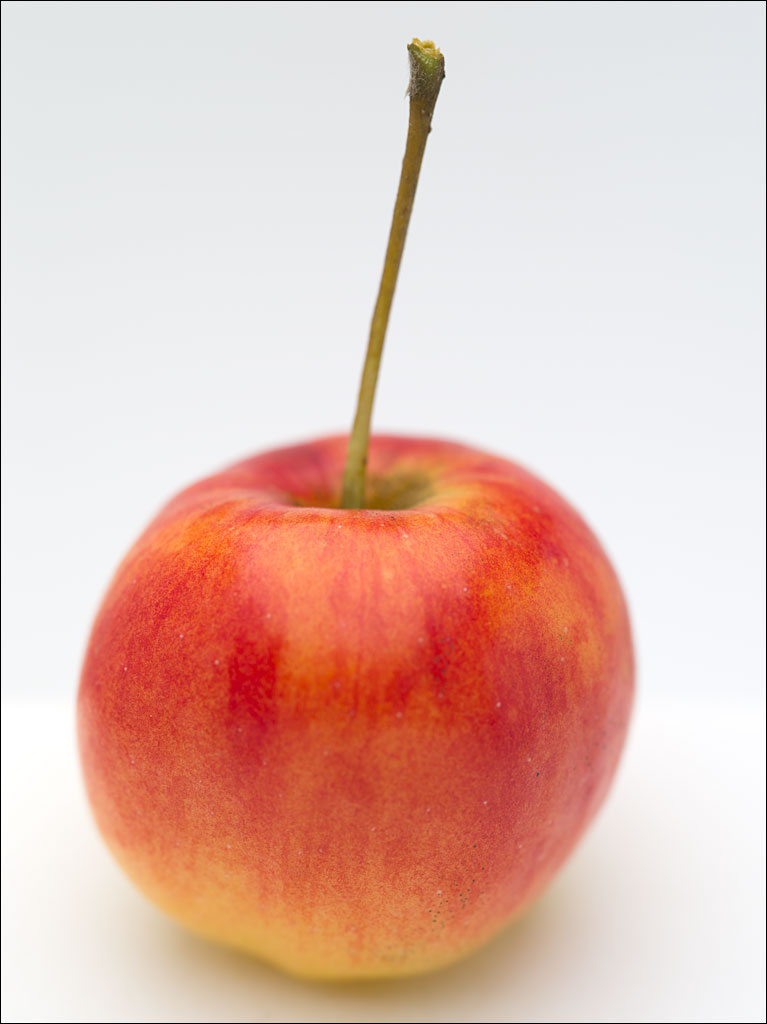 We should be clear, crab apples are not sweet, at least not in terms of regular apples. We planted this tree a couple of years ago and this is the first year for it to fruit. Crab apple trees are vigorous and grow rapidly compared with regular apple tree stocks.
We should be clear, crab apples are not sweet, at least not in terms of regular apples. We planted this tree a couple of years ago and this is the first year for it to fruit. Crab apple trees are vigorous and grow rapidly compared with regular apple tree stocks.
The fruit are about the size of a golf ball, maybe a little smaller. The apple itself has firm, crunchy flesh and is tart—a granny smith is a sweet apple in comparison. But there is a secret to the sweet crab apple. If you wait for them to ripen to when the sugar concentrates at the center of the fruit, taking on a darker, slightly transparent texture, that is the time eat these. Yes, they are still tart, but they also possess a sweetness. Naturally, these apple are good for hard ciders and cooking. Click on the image for a larger view.
Black Cherry—Tomatoes
Green Zebra—Tomatoes
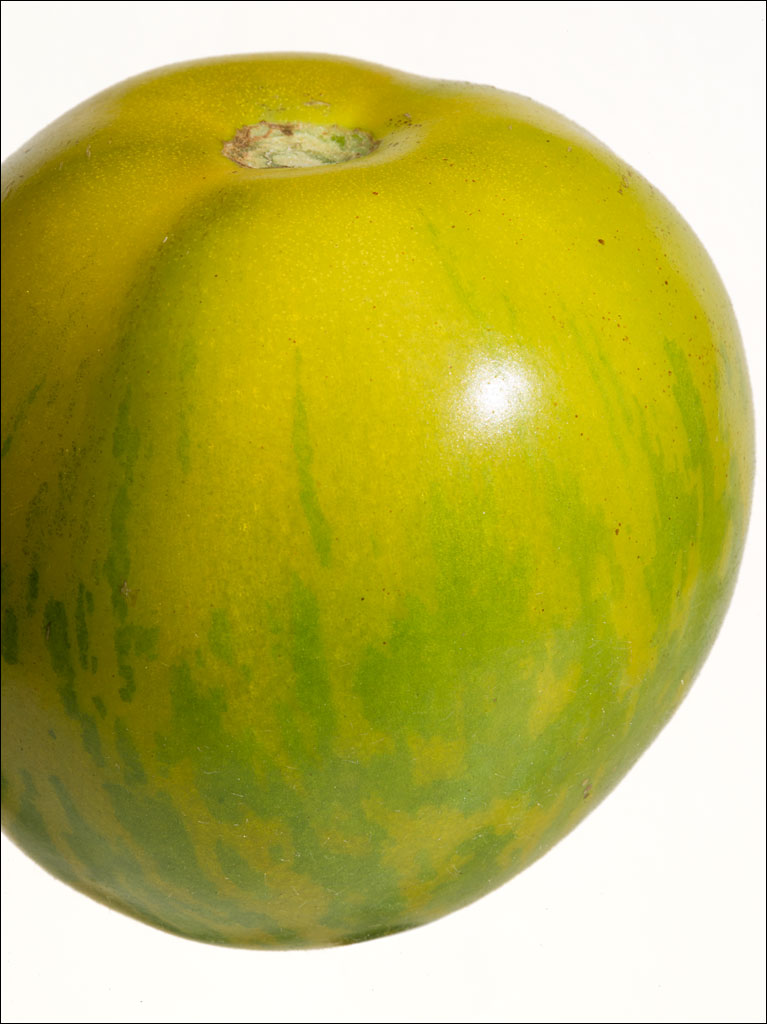 Every year we plant several varieties of tomatoes. This is a green zebra, which develops a slight yellow blush just as it ripens, but is predominantly green. The fruit has a tangy flavor, firm flesh, and juicy interior. It is great in salads. The plants are productive, but the tomato is on the small side, 3–4 oz. or 80–100 grams. Click on the image for a larger view.
Every year we plant several varieties of tomatoes. This is a green zebra, which develops a slight yellow blush just as it ripens, but is predominantly green. The fruit has a tangy flavor, firm flesh, and juicy interior. It is great in salads. The plants are productive, but the tomato is on the small side, 3–4 oz. or 80–100 grams. Click on the image for a larger view.

